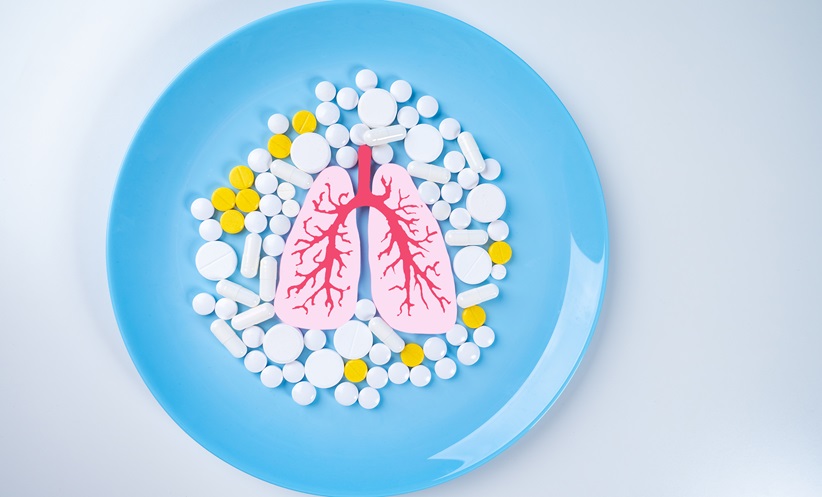CYSTIC FIBROSIS, a condition that significantly affects lung function and lessens life expectancy, could have a new combination drug therapy approach for children in primary school, according to a study from Charité, Universitätsmedizin Berlin, Germany. The drug therapy had previously been limited to adolescent patients and adults, but this novel study states that the therapy could be beneficial would be for a younger population. Additionally, the early treatment is advantageous in reducing the disease progression in later life.
Cystic fibrosis is characterised by the accumulation of thick and sticky mucus. The disease is one of the most common fatal genetic diseases in Germany. Unfortunately, individuals affected with the disease tend to have a lower life expectancy; data shows a mean age of 55 years in people with the disease. Cystic fibrosis primary damages lung function by affecting the way in which it clears away pathogens, due to the clogging caused by viscous mucus and further disrupting normal fluid balance.
The cystic fibrosis transmembrane conductance regulator (CFTR) modulator drugs target not only the symptoms of cystic fibrosis, but also the underlying molecular flaws by enhancing the CFTR channel performance; however, the availability of CFTR modulators only emerged a few years ago. A triple therapy merging three CFTR modulators (tezacaftor, elexacaftor, and ivacaftor) has been accessible in Europe since August 2020. This triple therapy can re-establish ion channel function to roughly one-half the normal level, therefore producing observable improvements in lung function and quality of life in patients with one copy of the F508del defective mutation.
The researchers analysed the effects of the triple combination therapy in 121 children diagnosed with cystic fibrosis with at least one copy of the F508del mutation, aged 6–11 years. The participants were randomised to receive either the triple combination regimen or a placebo, for an average of 6 months. This study was carried out in 10 countries, and is rare in drug development for paediatric populations. The results of the treatment had a generally good safety profile and was well tolerated, and the side effects were correspondent to those detected in older patients.
“Unfortunately, until now, this treatment has only been available to patients aged 12 and over. This is because, traditionally, new drugs are first tested on and then authorised for use in adults. What we want to do, however, is administer this causal treatment as early as possible during the course of the disease in order to prevent irreversible lung damage. This is of course only possible if treatment starts during childhood. What we have been able to do now is to show that this can be done both safely and very effectively in primary school-aged children” said Marcus Mall, Head of Charité’s Department of Pediatric Respiratory Medicine, Immunology and Critical Care Medicine, and Charité’s Cystic Fibrosis Center, Berlin, Germany.







